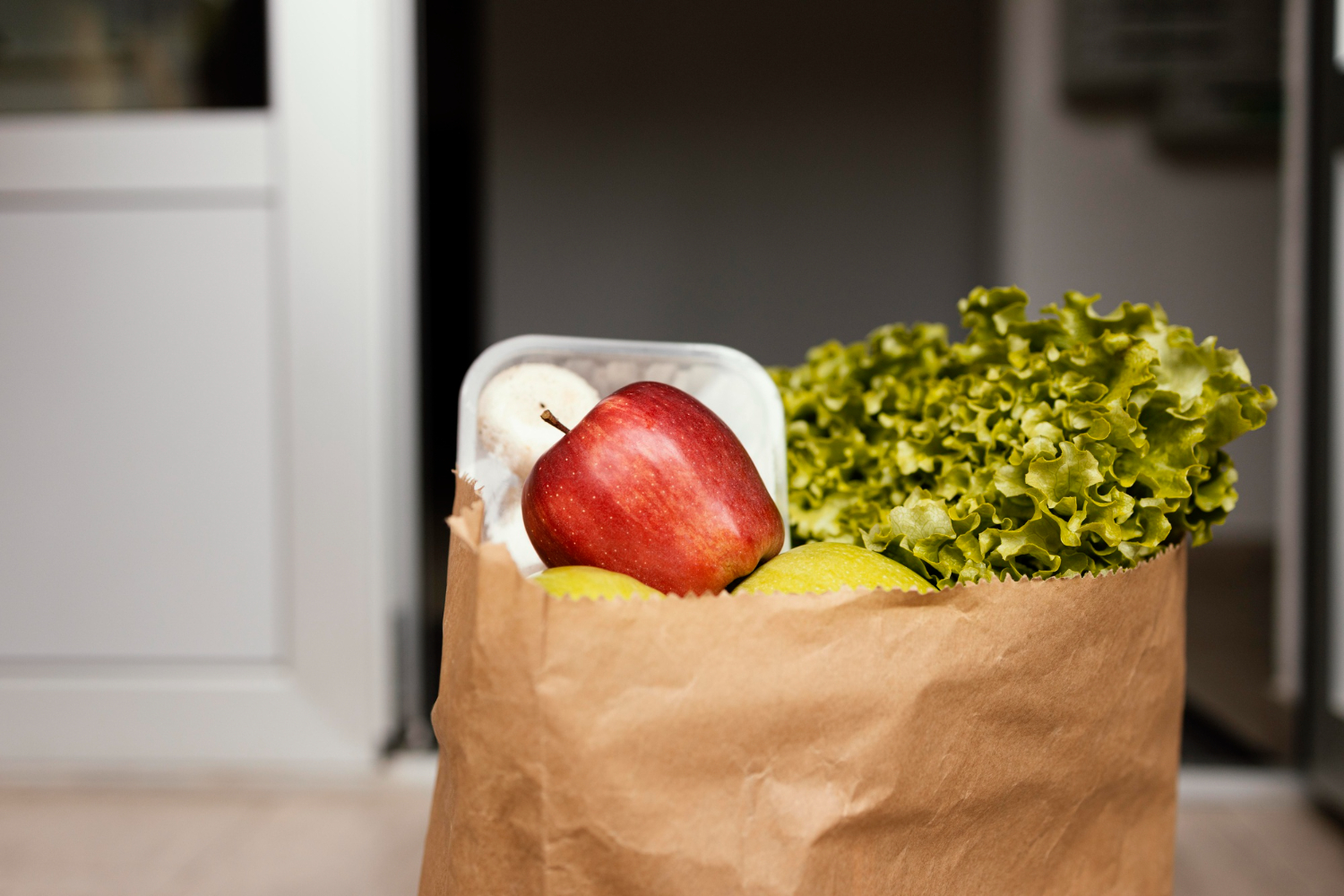We’ve already explored the basics of food handling safety while buying your groceries, storing them and thawing them. But food safety doesn’t stop there. (Related Topics: Florida Food Handlers Certificates, Florida Food Handlers Card, Florida Food Handler Certification)
For a quick recap, it’s necessary for you to remember that food safety must be present in each of the following stages to avoid any potential foodborne illnesses:
- Shopping
- Storage
- Thawing
- Preparation
- Cooking
- Serving
- Leftovers
- Refreezing
Now, when it comes to preparation, there are a few things you must always keep in mind:
- Clean your hands, surfaces, and utensils before preparing anything.
- Wash hands, utensils and surfaces often; more importantly, try to keep them clean during storage.
- Separate foods and work surfaces to avoid cross-contamination.
- Cook everything to proper temperatures, and check with a food thermometer to be safe.
- Refrigerate what you won’t be eating or serving as soon as possible.
When preparing food, always wash your hands with soap and warm water for at least 20 seconds rubbing thoroughly, before and after handling food. Then, avoid cross-contamination by keeping raw meat, poultry, fish, and their juices away from other food.
Right after cutting raw meats, make sure to wash the cutting board, knife, and countertops with hot, soapy water. It is also recommended to have different utensils and cutting boards for meat that you won’t use for produce or other foods.
If you’re marinating meat and poultry, make sure to do so in a covered dish in the refrigerator. Also, sanitize your cutting boards by using a solution of 1 tablespoon of unscented, liquid chlorine bleach in 1 gallon of water once you’re done preparing your meals.
Next, it’s time to actually cook the food. At this stage, temperature is one of the most important factors. You must cook all raw beef, pork, lamb and veal steaks, chops, and roasts to a minimum internal temperature of 145 °F, measuring with a food thermometer before removing the meat from the heat source. Just to be safe and to guarantee the quality, allow the meat to rest for at least three minutes before carving it, cutting it or consuming it. Some people prefer to cook meat to higher temperatures, which is fine, as long as the internal temperature is safe before removing it from the heat.
For raw ground meats, the rule is to cook beef, pork, lamb, and veal to an internal temperature of 160 °F, measured with a food thermometer. When it comes to poultry, ground or in any other presentation the golden rule is to cook all poultry to an internal temperature of 165 °F and to make sure to measure it with a food thermometer.
The following chart can help you remember the safe cooking temperatures:
| Product | Type | Minimum Internal Temperature & Rest Time |
| Beef, Pork, Veal & Lamb | Ground | 160 °F |
| Steak, chops, and roasts | 145 °F and allow to rest for at least 3 minutes | |
| Chicken & Turkey | Breasts | 165 °F |
| Ground, stuffing, and casseroles | 165 °F | |
| Whole bird, legs, thighs, and wings | 165 °F | |
| Eggs | Any type | 160 °F |
| Fish & Shellfish | Any type | 145 °F |
| Leftovers | Any type | 165 °F |
| Ham | Fresh or smoked (uncooked) | 145 °F and allow to rest for at least 3 minutes |
| Fully cooked ham (to reheat) | Reheat cooked hams packaged in USDA-inspected plants to 140 °F and all others to 165 °F. |
When it’s time to serve, temperature is also very important, so keep in mind the following tips:
- Keep your hot food at 140 °F or warmer.
- Make sure your cold food stays at 40 °F or colder.
- If serving food at a buffet, keep the hot food at the right temperature with chafing dishes, slow cookers, and warming trays. For keeping the cold food cold, nest dishes in bowls of ice or use small serving trays that you can replace often.
- Use a food thermometer to check hot and cold holding temperatures.
- Remember that any perishable food must not remain more than 2 hours at room temperature or 1 hour if the temperature is above 90 °F.
To handle your leftovers like a pro, make sure to discard any food left out at room temperature for more than 2 hours (1 hour if the temperature was above 90 °F). Then, place food into shallow containers and immediately put it in the refrigerator or freezer for rapid cooling.
Don’t forget to use most cooked leftovers within 3 to 4 days and reheat them to 165 °F. If you’re refreezing meat and poultry defrosted in the refrigerator, you may refreeze them before or after cooking. If you thawed the meat using other methods, you must cook it before refreezing.





